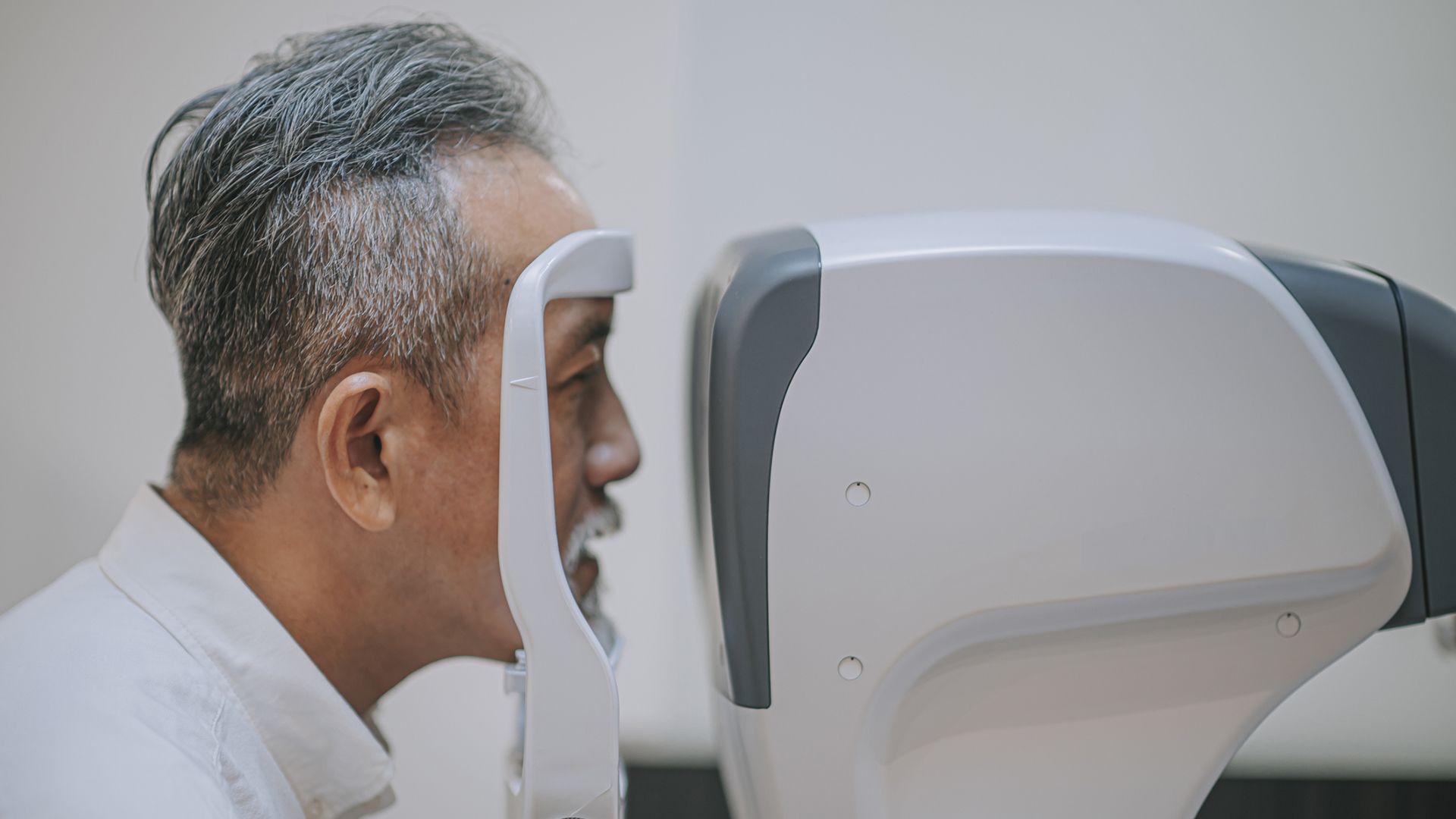Diabetic macular edema (DME) is one of several serious eye complications that can occur as a result of having diabetes.
Edema is a clinical term for a type of swelling that occurs when there is a buildup of fluid inside the body’s tissues. Macular edema is what happens when this swelling and fluid buildup occurs in the macula, a central cluster of light-sensitive cells located in the retina in the back of the eyeball.
With diabetic macular edema, this swelling and fluid buildup in the macula occurs because of leaking blood vessels in the eye. It can cause severe and sudden vision loss.
Does DME occur when retinopathy is left untreated?
DME typically occurs in people who already have an existing form of diabetic eye disease called diabetic retinopathy. Diabetic retinopathy is the leading cause of blindness in adults in the U.S. who are between the ages of 20 and 74 years.
Diabetic retinopathy occurs when high levels of blood glucose damage the blood vessels that supply the retina. This damage tends to occur gradually over the course of many years. In the early stages of diabetic retinopathy, these damaged blood vessels become weakened, bulge out in places, and may leak small amounts of blood and fluid into the eye. Symptoms can be non-existent or minimal, and a person may have diabetic retinopathy and not know it. This can happen when a person hasn’t been keeping up with eye exams.
If you have diabetes, keeping up with eye exams is extremely important. Diabetic retinopathy tends to get worse with time—especially when it is left untreated. As diabetic retinopathy gets worse, it can lead to more severe problems within the eye. Blood vessels can rupture, can become blocked, and the eye may begin to grow new blood vessels as the body tries to compensate for this damage.
Unfortunately, these new blood vessels do not function well—they leak and are easily damaged. This is an advanced stage of diabetic retinopathy called proliferative diabetic retinopathy. It is associated with greater damage to the eye, more severe vision loss, and an increasing risk of DME.
However, DME can occur during any stage of diabetic retinopathy.
What are the symptoms of DME?
As mentioned above, DME occurs when there is fluid buildup inside the macula, causing the macula to swell. This disrupts central vision—a person’s ability to see objects and details directly in front of them. It can occur in one eye or both eyes, and symptoms can be more difficult to recognize if it is only affecting one eye. Common symptoms of DME include:
- Vision that is blurred, wavy, or distorted
- Changes in the ability to see colors, such as colors appearing dulled or washed out
- Difficulty seeing details, such as reading
- The same object appearing to be different sizes when looking out of one eye
DME and other diabetes eye problems can result in severe vision loss and blindness if not treated. Any changes in vision or eye symptoms should be evaluated by a healthcare provider as soon as possible.
What type of diabetes causes eye problems?
Having any type of diabetes puts a person at risk for diabetic retinopathy, diabetic macular edema, and other diabetes-associated eye problems. This includes people with type 2 diabetes, which is the most common form of the disease. It also includes people who have type 1 diabetes and gestational diabetes, a form of diabetes that occurs because of pregnancy.






